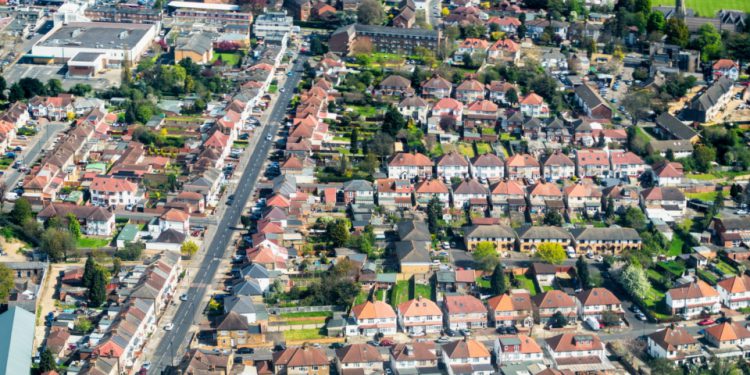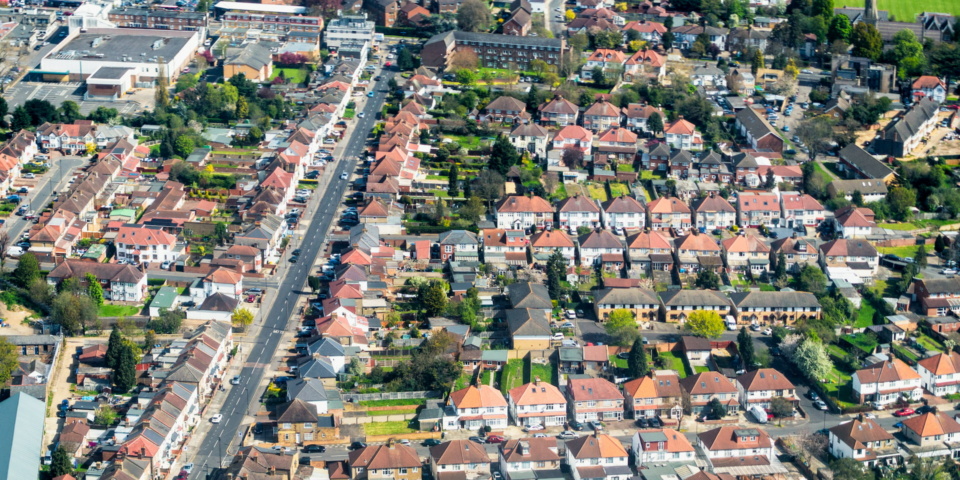How difficult could it be to obtain a mortgage after lockdown?


Whether you’re a first-time buyer, homemover or perhaps a homeowner seeking to remortgage, it’s an elaborate time for you to navigate the mortgage market.
In the past few months, banks have been withdrawing and reinstating deals based on the government’s regulations and their own resources.
And with loan payment holidays and lending rules for furloughed customers adding further complexity, it’s no surprise that borrowers feel unclear about their options.
Here, we explain the present state of play for individuals looking to remove or switch a mortgage, and offer advice on whether now is the time to get a good rate.
Mortgage choices for first-time buyers
The picture has looked bleak for first-time buyers since lenders cut most their low-deposit deals in the wake from the coronavirus outbreak, leaving very few options for individuals with the tiniest deposits.
Are 90% and 95% mortgages returning?
In the past few days, Yorkshire Building Society has launched a new 90% mortgage, but with Nationwide having only withdrawn its 90% and 95% range, it’s a tumultuous here we are at low-deposit deals.
The table below shows the way the quantity of available deals has fallen because the start of March.
90% loan-to-value
| Type of deal | Number of deals (March) | Number of deals (June) | Difference (%) |
| Two-year fix | 294 | 21 | -93% |
| Five-year fix | 137 | 30 | -78% |
95% loan-to-value
| Type of deal | Number of deals (March) | Number of deals (June) | Difference (%) |
| Two-year fix | 269 | 10 | -96% |
| Five-year fix | 142 | 12 | -92% |
Overwhelming demand
Moneyfacts says first-time buyers might even struggle to secure mortgages which are still available. It says that HSBC offers the lowest 90% rates but is limiting the amount of applications it'll accept on every day.
Eleanor Williams of Moneyfacts says: ‘Lenders have discovered that they have been overwhelmed by the amount of demand, leading to some having to withdraw deals only recently relaunched in order to manage their workload.’
‘The reintroduction of more deals for all those having a 10% deposit, or even less, by more lenders would hopefully provide prospective purchasers using the choice they have to move forwards with purchasing a home.’
With this part of the market greatly in flux, you might consider waiting until later in the year to buy a property or, if you’re set on moving now, take advice from a completely independent large financial company regarding your options.
Moving home or remortgaging: best rates
If you’re looking to move home or remortgage within the next couple of months and may set up 15% or even more, you’ll have ample mortgage options and become in line for a good rate.
At 60%, 75% and 85% loan-to-value, there are more than 100 two-year and five-year deals currently on the market, as shown within the chart below.
And the very best minute rates are attractive too. Data from Moneyfacts shows that deals can be found up to 85% LTV having a rate significantly below 2%, as shown below.
| 60% LTV | 75% LTV | 85% LTV | |
| Two-year fix | 1.14% (Barclays) | 1.14% (Leeds) | 1.59% (HSBC) |
| Five-year fix | 1.36% (HSBC) | 1.46% (HSBC) | 1.73% (Yorkshire BS) |
If you’re thinking of buying a home this season, take a look at our story on the effect of coronavirus on house prices.
Can I get a mortgage if I’ve been furloughed?
So far, we’ve looked at how many deals can be found and at what rates. However for some homebuyers and remortgagers, the biggest issue will be receiving accepted when they arrived at apply.
If you’ve been furloughed throughout the COVID-19 outbreak, you might find your options tend to be more limited than before.
Lenders have collectively agreed their existing customers can remortgage on the same terms, regardless of whether their income continues to be affected by the pandemic.
If you’re looking to borrow more when remortgaging, switch to another lender, or remove a brand new mortgage to move home, however, you will probably find that banks is only going to consider your furloughed income.
This implies that your borrowing power may be assessed on only 80% of the usual income, potentially cutting the amount you can borrow, or preventing you from accessing a great deal.
Some banks will consider any top-ups out of your employer whether it supplies a letter of confirmation, while smaller lenders might be more likely to assess applications on a case-by-case basis.
If you’re hoping to get a home loan after being furloughed, consider speaking to a broker concerning the options available to you.
What to do if you’re struggling to pay your mortgage
If your money have been affected by the COVID-19 outbreak, you can affect pause your mortgage repayments for three months.
If you haven’t yet applied for a payment holiday, you can do so until 31 October. Should you curently have a payment holiday, you are able to extend this with a further three months.
It’s worth noting when you defer your instalments it will lead you longer and price you more to repay your mortgage. And, while a payment holiday won’t affect your credit rating, banks could still go into account when assessing your affordability for any future borrowing.
With this in mind, it’s worth contacting your lender to determine what alternative choices are available before pausing your instalments.
Our suggestions about the coronavirus outbreak
Experts from across Which? happen to be compiling the advice you need to stay safe, and also to make certain you aren't excluded from pocket.
- Coronavirus: what it really means for house prices
- Coronavirus: what it really method for rent, mortgages, savings, loans, banking and benefits
- Coronavirus: your rights if the event is delayed or cancelled
- Coronavirus: how to protect your pensions and investments
- Coronavirus: what it means for your travel insurance
- Coronavirus scams: how to spot them and prevent them
- Coronavirus: your travel and consumer rights Q&A
You can keep current on our latest coverage over on our coronavirus news and advice section.






